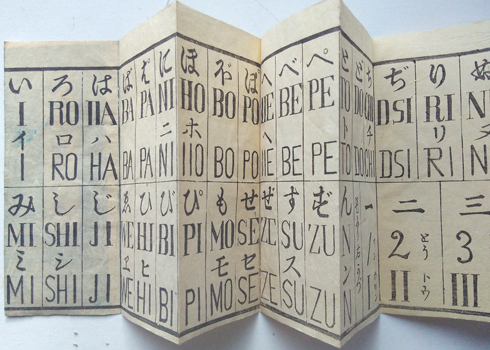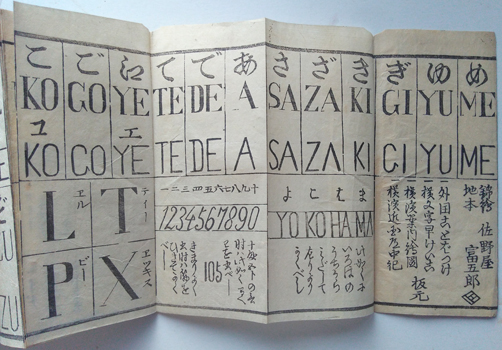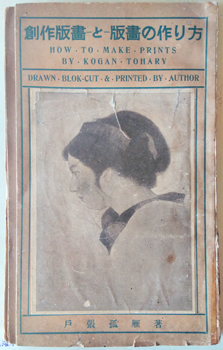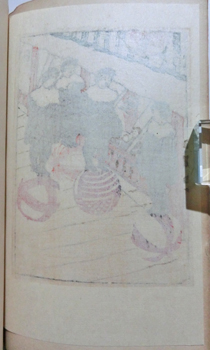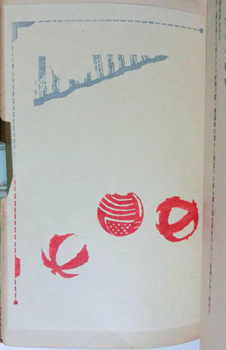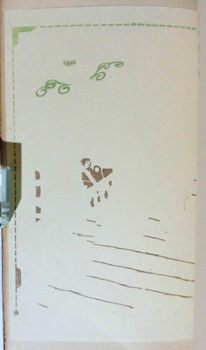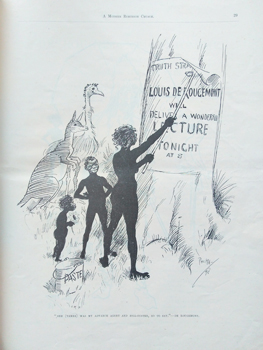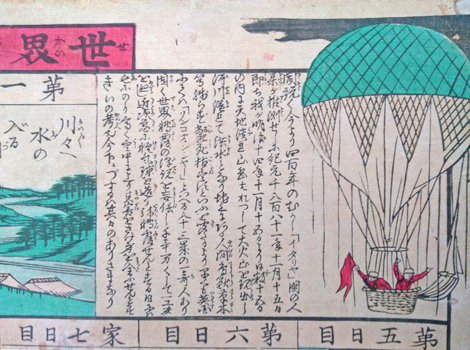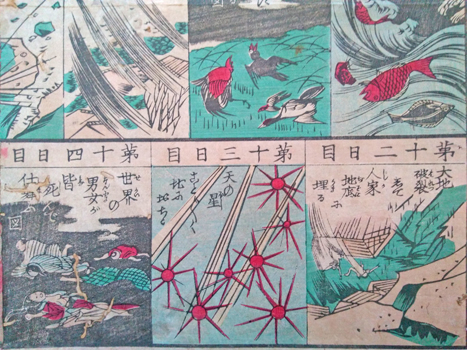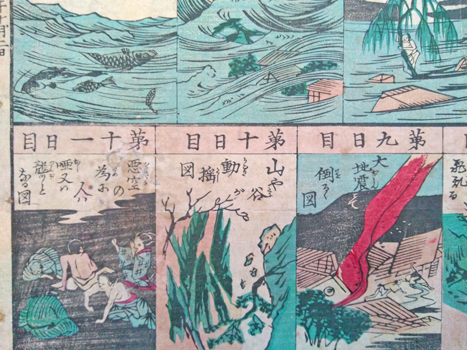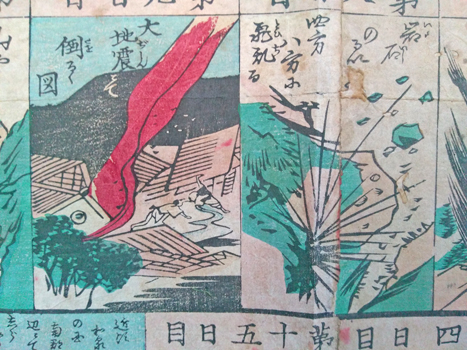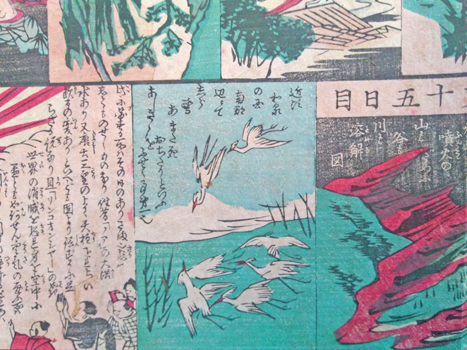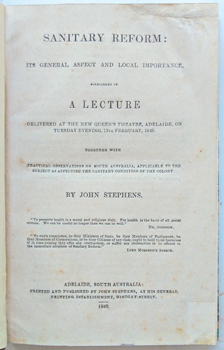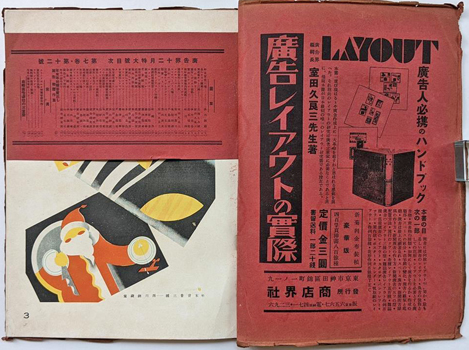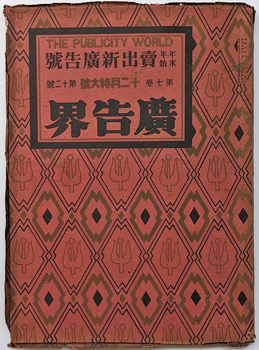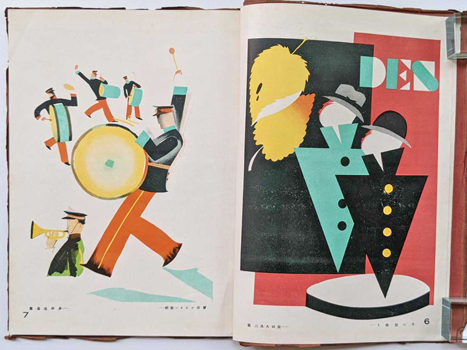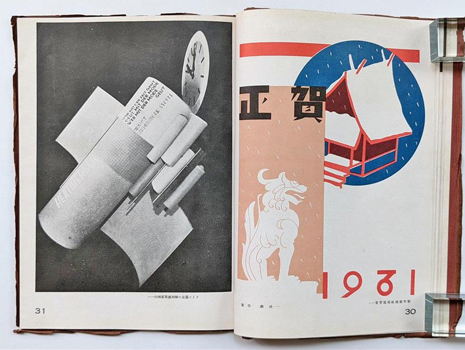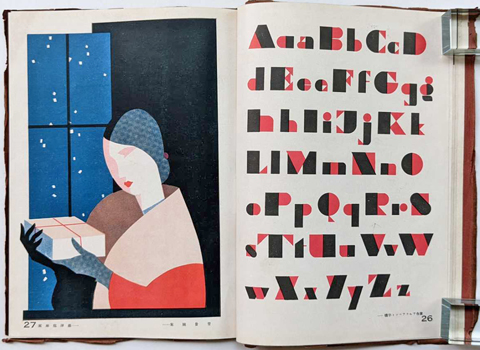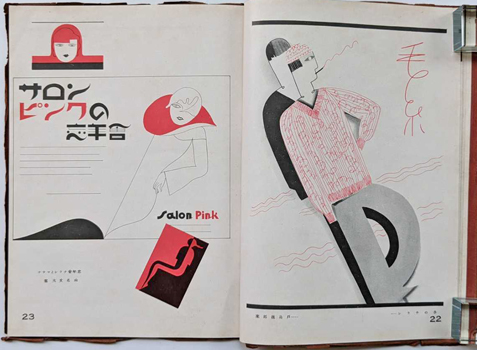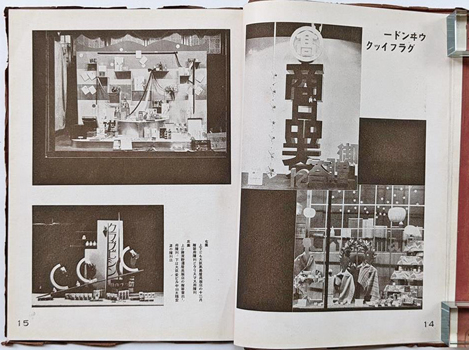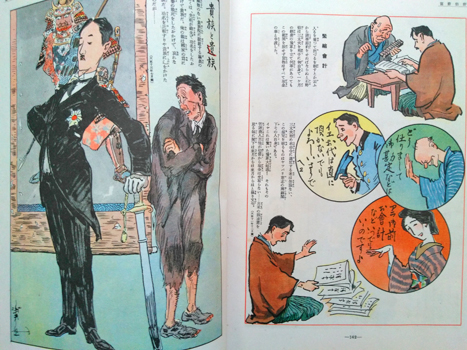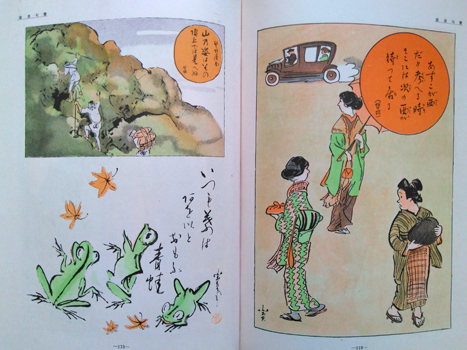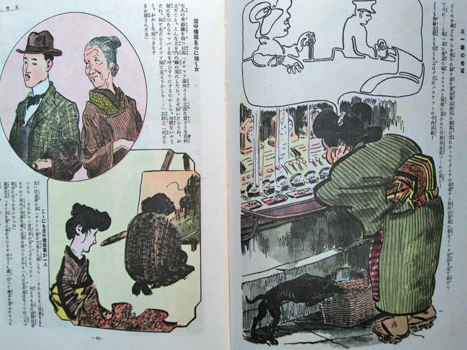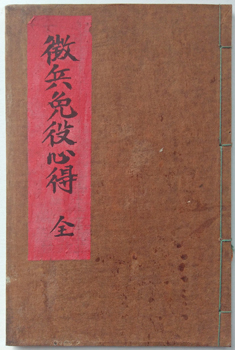

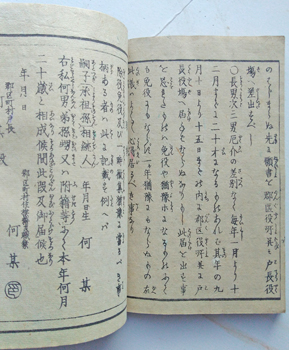

The draft dodger's handbook
Inaba Eiko. 徴兵免役心得 [Chohei Men'eki Kokoroe]. Osaki Naosaburo 1879 (Meiji 12). 17x11cm later wrapper with manuscript title; illustrated title/self wrapper and eight leaves. An excellent copy. Au$500
The guide to exemptions from conscription into the new Imperial Army. Conscription rolled out slowly across Japan from 1873 and one of the most useful exemptions was being a first son; which meant a rash of adoptions preferably into a family where conscription hadn't yet arrived. Fukuzawa wrote about "sons who do not know where their fathers live" and I read somewhere that one of Japan's great literary heroes - Soseki maybe? - registered himself in Hokkaido to escape the draft.
Of course money solved everything: an exemption or proxy fee meant that someone else took your place and I would guess that no true aristocrat would dream of having a son drafted; they were already in military school and officer training. So, naturally, peasants filled the draftee ranks and not all peasants were happy about this. There were 'blood tax' riots, the most furious in Okayama where authorities adroitly charged 20,000 rioters, executed a dozen or so and gaoled a few dozen more.
Without money, a good solid disease, disability or an affable sonless family this little pamphlet was your best friend. Worldcat finds no copies and CiiNii finds one, at Tokyo University. It's often cited by academics but as they mostly repeat each other's mistakes I doubt many have seen it.

